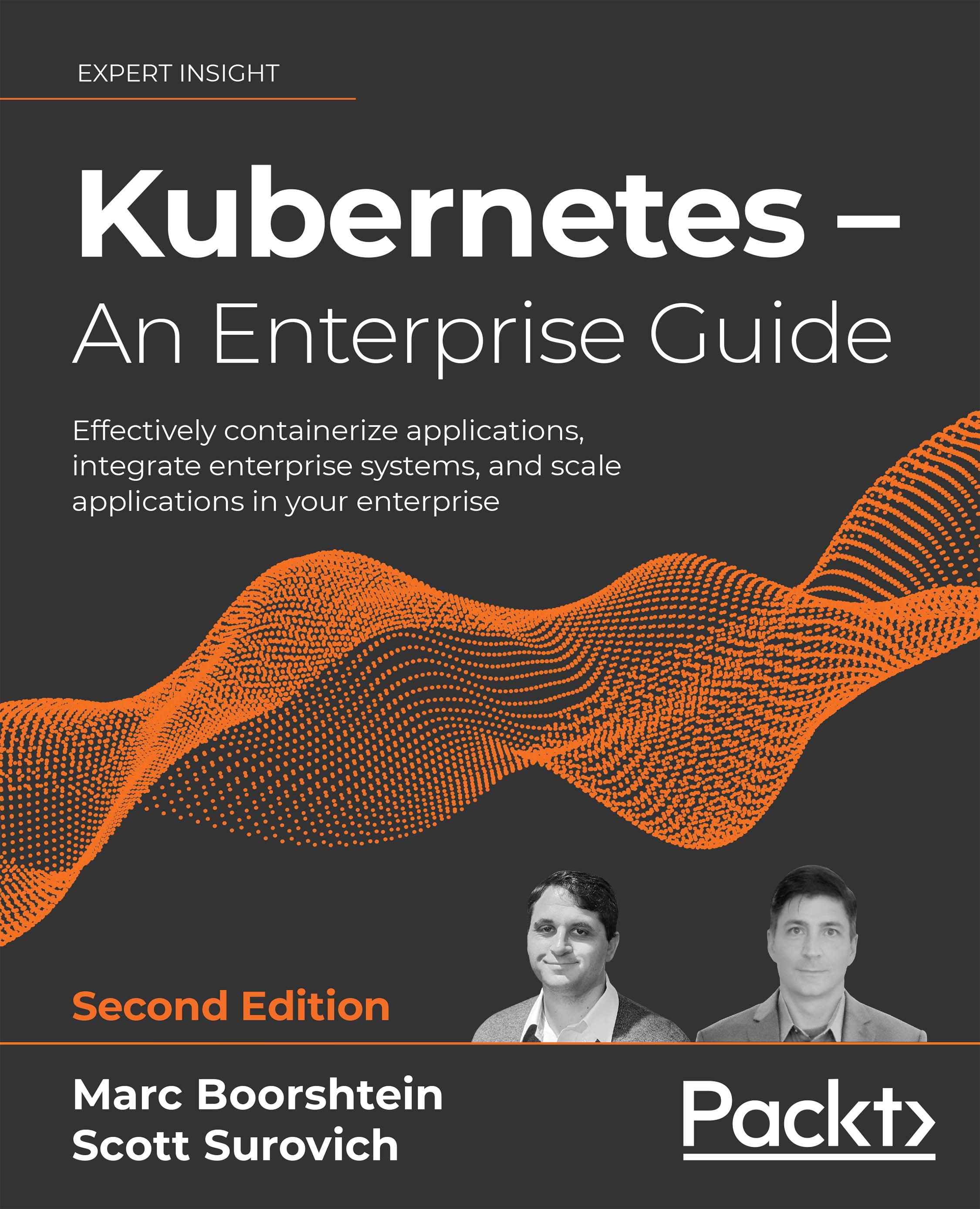Exposing workloads to requests
Over the years, we have discovered that the three most commonly misunderstood concepts in Kubernetes are services, Ingress controllers, and load balancers. In order to expose your workloads, you need to understand how each object works and the options that are available to you. Let's look at these in detail.
Understanding how services work
As we mentioned in the introduction, any pod that is running a workload is assigned an IP address at pod startup. Many events will cause a deployment to restart a pod, and when the pod is restarted, it will likely receive a new IP address. Since the addresses that are assigned to pods may change, you should never target a pod's workload directly.
One of the most powerful features that Kubernetes offers is the ability to scale your deployments. When a deployment is scaled, Kubernetes will create additional pods to handle any additional resource requirements. Each pod will have an IP address, and...
































































